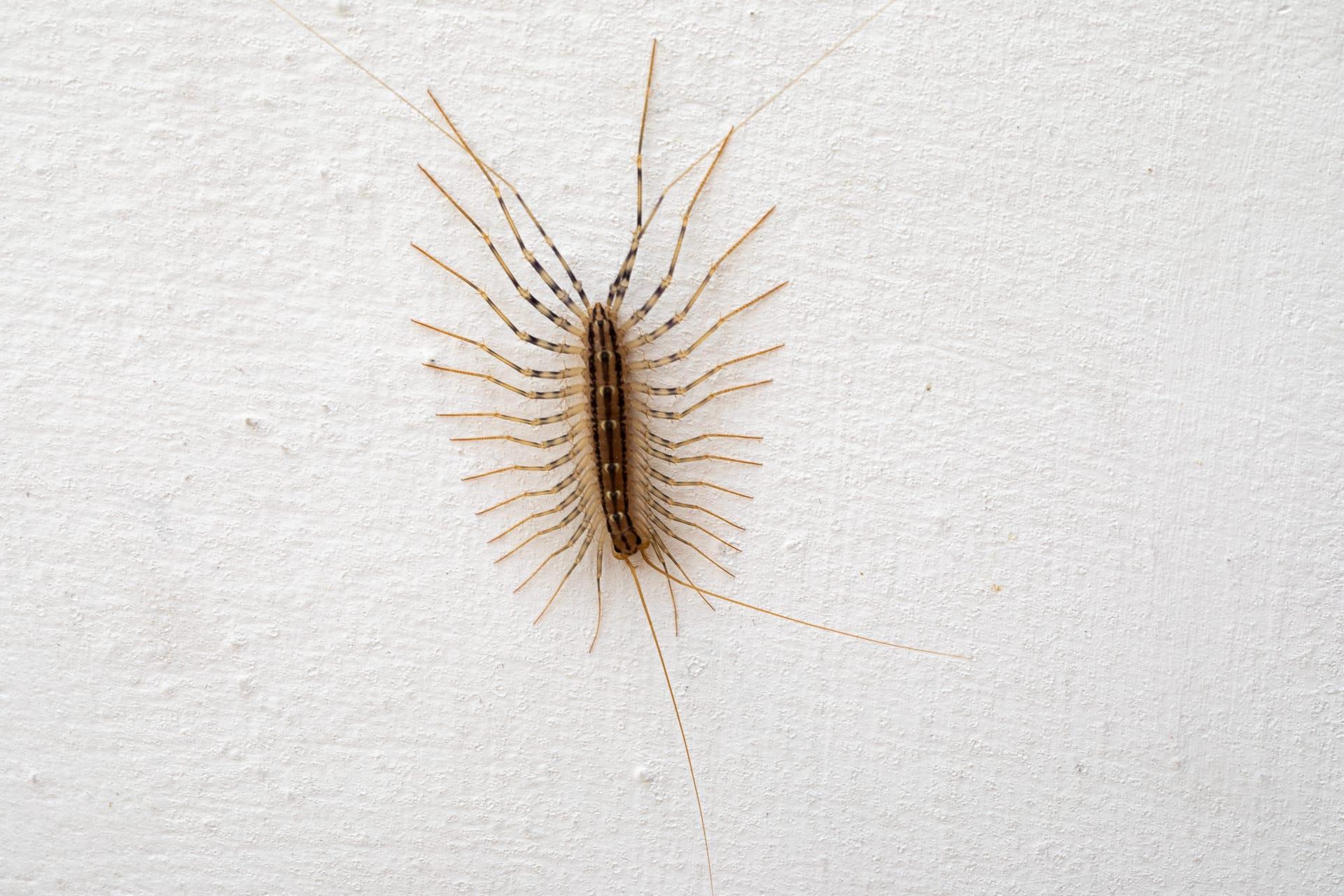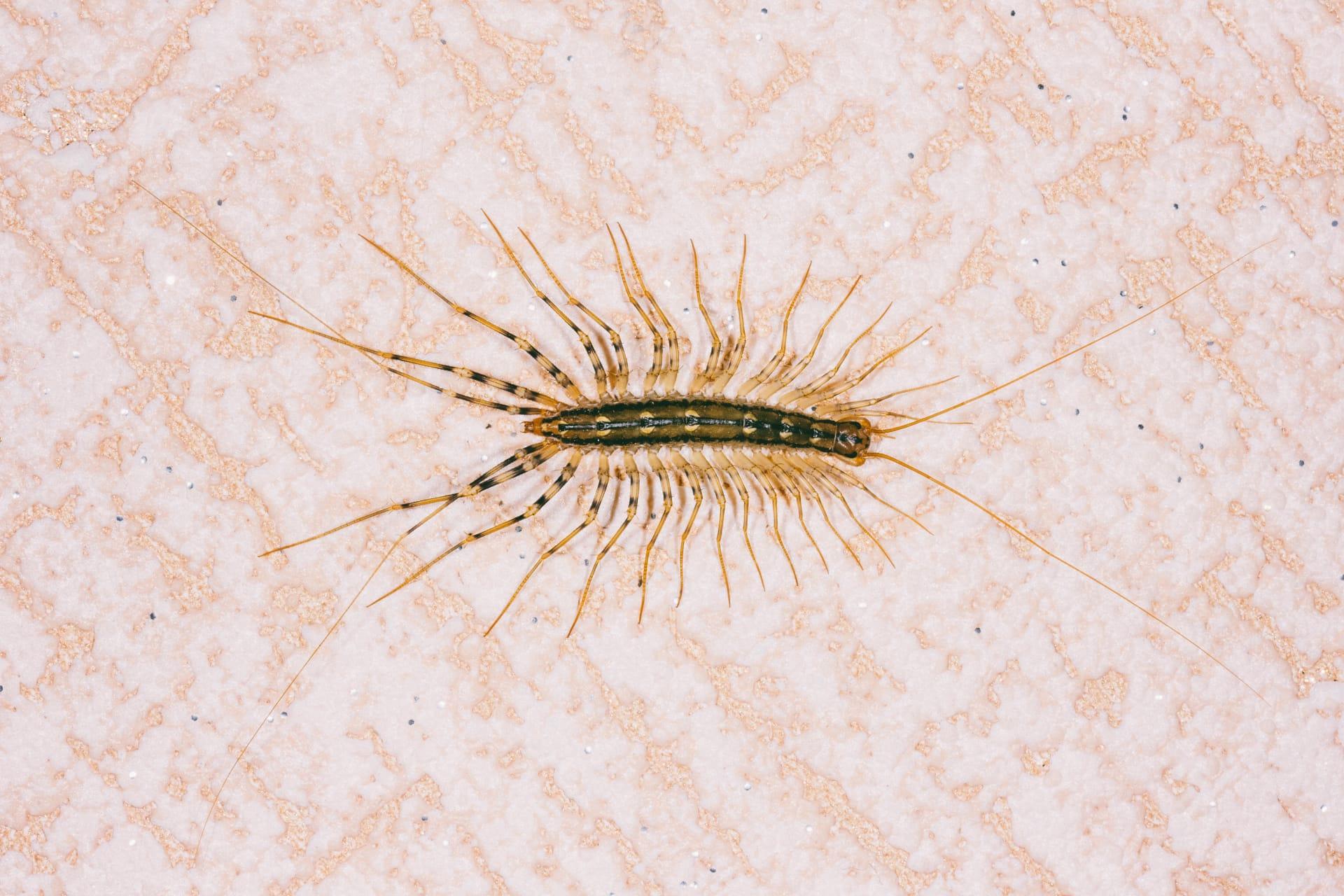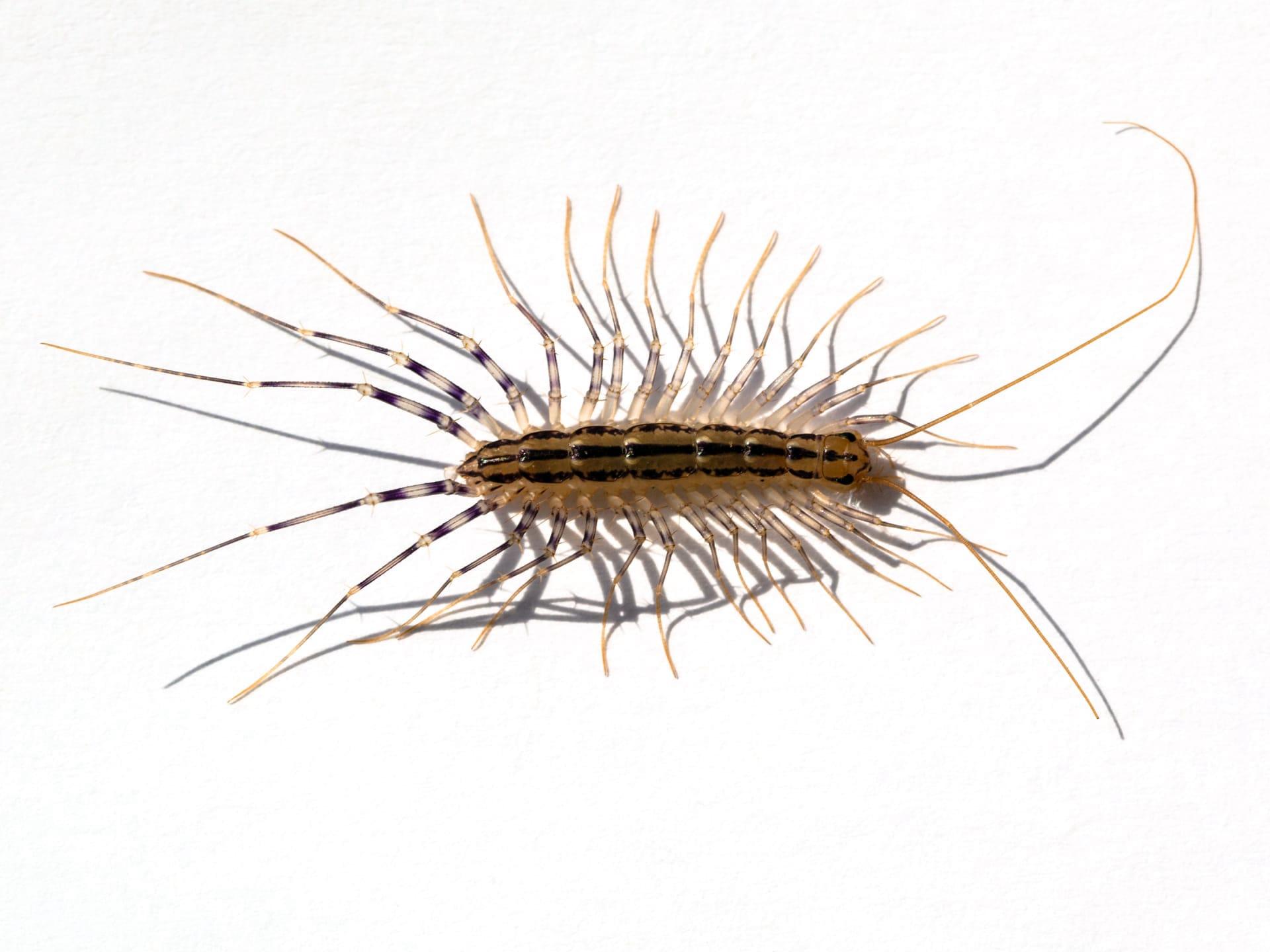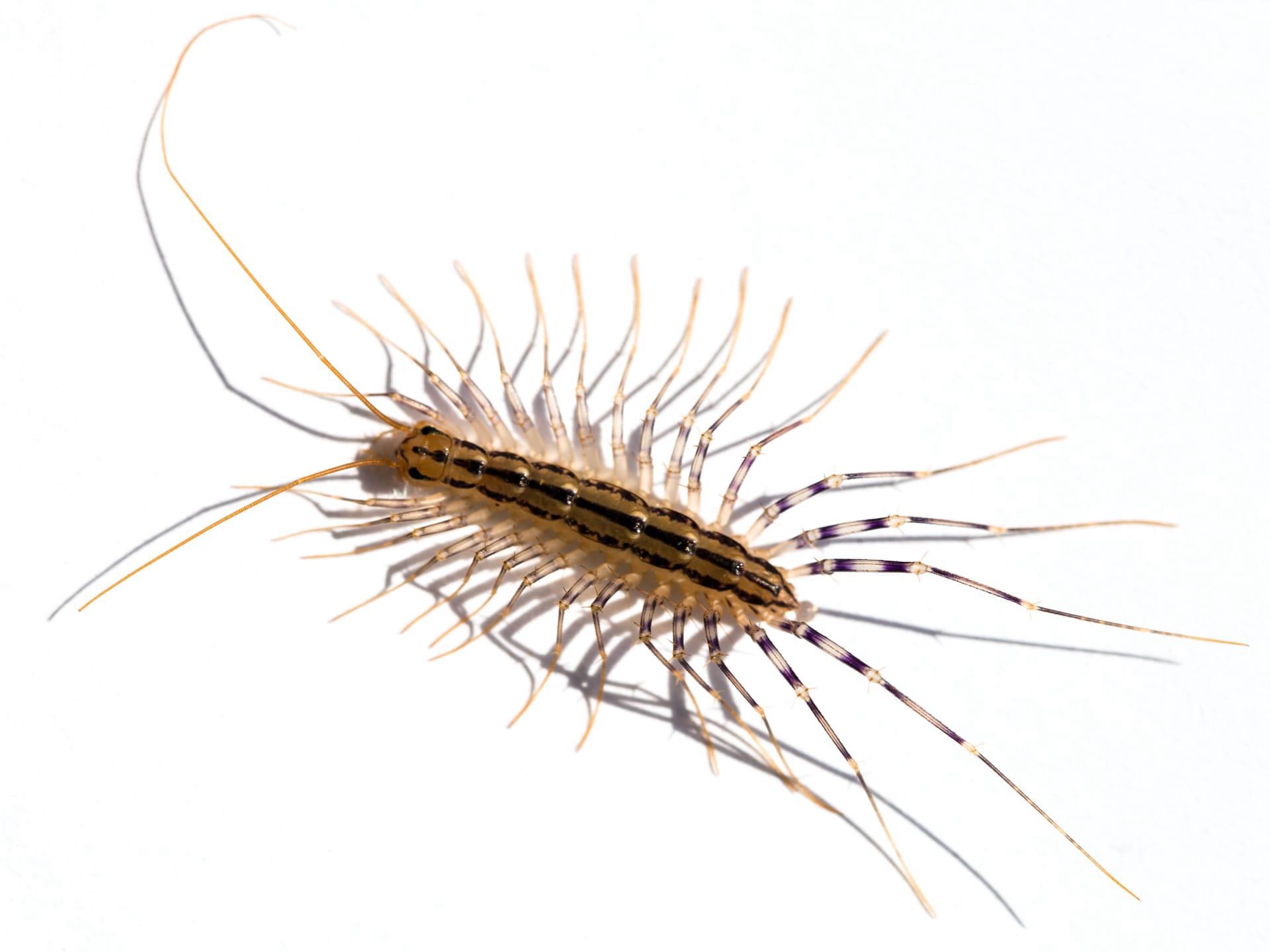House Centipede Characteristics
- Home /
- Mini Encyclopedia /
- Animal /
- House Centipede Characteristics
1
The house centipede, scientifically known as Scutigera coleoptrata, presents an intriguing blend of characteristics that might surprise those unfamiliar with this arthropod. Typically, an adult house centipede measures about 1 to 1.5 inches in length, but what truly sets them apart are their 15 pairs of legs, which can make them appear much larger, especially when they're scurrying across your bathroom floor at night. These legs are not only numerous but also incredibly long relative to the body, adding to their distinct appearance. The lifespan of a house centipede can be remarkably long for an insect, with some individuals living up to 3 to 7 years in ideal conditions. This longevity is quite exceptional in the insect world, where many species have life cycles that last only a season or a year.
One of the most fascinating organs of the house centipede is its compound eyes, which are uncommon among centipedes. These eyes are capable of detecting motion, which is crucial for the nocturnal hunting lifestyle of the house centipede. Each eye consists of a cluster of multiple individual lenses, allowing it to perceive movements in the dim light with a fair amount of precision. This visual acuity helps the house centipede to effectively navigate and hunt in the dark, making it a formidable predator of other household pests such as spiders, bed bugs, termites, cockroaches, and silverfish.

2
Question: Are house centipedes dangerous to humans?
Answer: Despite their somewhat alarming appearance and swift movements, house centipedes are generally not considered dangerous to humans. Their jaws, or forcipules, are capable of delivering a venomous bite, but this is primarily used to subdue their prey and is rarely harmful to humans. The bite might cause a mild irritation or a slight swelling, similar to a bee sting, but serious reactions are uncommon. In fact, house centipedes are considered beneficial in controlling other unwanted pests in homes due to their predatory nature.

3
House centipedes are renowned for their speed and agility, which are essential attributes for their survival and hunting strategies. They can move up to 1.3 feet per second, a remarkable speed that helps them catch prey or escape from threats. This swiftness is attributed to their long, slender legs and flexible body, enabling them to navigate through tight spaces and across various surfaces with ease.
When it comes to feeding, house centipedes exhibit a fascinating hunting technique. They use their speed to overtake their prey and their long legs to wrap around and immobilize it. Once the prey is secured, the house centipede administers a venomous bite with its forcipules, which are modified front legs, to quickly paralyze and kill the prey. This efficient method allows them to tackle a variety of household pests, making them natural pest controllers.

4
House centipedes thrive in moist, protected environments. They are commonly found in damp areas of homes, such as basements, bathrooms, and kitchens, where humidity levels are higher. They prefer to reside under rocks, piles of leaves, or within crevices in walls or floors, emerging at night to hunt for food. Their presence is often indicative of a larger pest problem, as they are attracted to homes with ample prey availability.
Reproduction for house centipedes involves a unique courtship ritual where the male deposits a spermatophore for the female to find and take up. Females can lay between 60 to 150 eggs at a time, which they often conceal in damp, protected locations. The offspring go through several developmental stages, molting and gaining additional legs with each stage, until they reach adulthood. This reproductive strategy ensures the continuation of the species and the presence of house centipedes in suitable environments.

5
Book: "The Secret World of Centipedes: Uncovering the Mysteries of Myriapods" explores the fascinating lives of centipedes, including the house centipede, through the lens of scientists and enthusiasts from the United States and Europe. Published in the late 20th century by biologist Dr. Emily Gerard, the book delves into the evolution, behavior, and ecological impact of centipedes, offering readers a comprehensive look into these often-misunderstood creatures.
Book: "Insects at Home: Understanding the Micro-Beasts Among Us" by British entomologist Sir Richard Hawkins, written in the early 21st century, provides an insightful exploration into the world of domestic insects, dedicating a chapter to the house centipede. Hawkins discusses their role in natural pest control, their unique physiological traits, and the benefits they bring to human environments, encouraging a more informed and less fearful perspective on these and other insects cohabiting with humans.